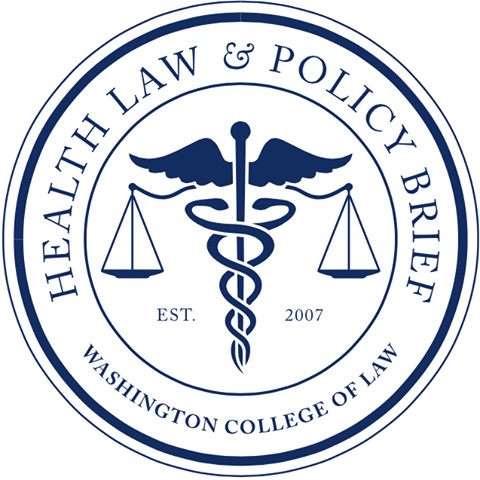An October investigation by the New York Times (NYT) has led the Pentagon to review and adjust how it cares for veterans returning from tours in Iraq who believe they were exposed to chemical weapons. The NYT investigation notes that between 2004 and 2011, American and American-trained Iraqi troops “repeatedly” found chemical weapons and were even wounded by them on “at least” six occasions. All told, the report states that 5,000 chemical warheads, shells or aviation bombs were found in that time. It also noted that secrecy was needed regarding the discoveries. Secrecy surrounding the missions, however, may have put a number of military service personnel at risk as they were not aware of the threat these old munitions were to their health. Also, they were not allowed to discuss with military doctors the nature of their injuries and thus could not receive the proper treatment.
In 2004, the Army sent out instructions for the treatment of exposed soldiers which included collection and analysis of blood and urine samples for all potentially exposed soldiers followed by annual, long-term follow-up appointments – coordinated by the Deployment Health Clinical Center at Walter Reed Army Medical Center – for those who had indeed been exposed. In addition, incidents of exposure were to be recorded and reported by Command Surgeons and a database maintained by the US Army Center for Health Promotion and Preventative Medicine. However, the original NY Times investigation uncovered veterans who were never given blood and urine tests, told their symptoms were from something else, and returned to duty before their symptoms were over. Furthermore, the long-term care they were promised was never followed up on.
Defense Secretary Chuck Hagel moved quickly to correct these issues. Shortly after the investigation, which only mentioned 17 American service members that were exposed, he ordered an internal review of Pentagon records, specifically the collection of “post deployment health assessments” held by the Army’s Public Health Command. In a statement following that review, the Pentagon now says that more than 600 American service members reported exposure to chemical weapons in Iraq according to the surveys filled out by troops returning from combat tours. In the survey, they specifically ask the question “Do you think you were exposed to any chemical, biological and radiological warfare agents during this deployment?” The Army surgeon general’s office said that 629 of these surveys were affirmative for this question.
The Army and Navy have both made statements that the examinations promised to long-term veterans will start to be available in early 2015. Furthermore, because the previous policy of secrecy created a lack of records of exposure, the military will be reaching out to units that were possibly exposed to try and find all of the affected veterans. Finally, there will be a hotline for veterans to call who believe they were exposed to chemical weapons. Hopefully as the secrecy fades away and outreach continues – these veterans can get the help they need.
